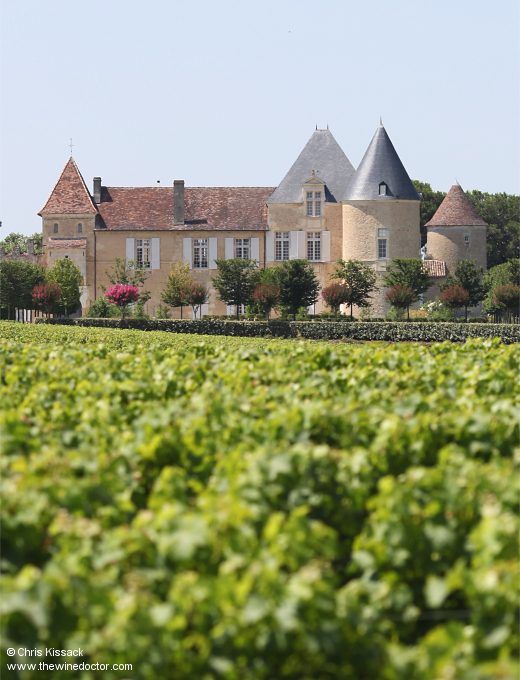The 1855 Classification of Sauternes & Barsac
The years running up to the Exposition Universelle de Paris in 1855 were busy ones for the merchants of Bordeaux. That they were charged with drawing up a new classification of the red wines of the Médoc, in order to facilitate showing the wines at the exhibition, is well known. It is easy to forget, however, that Emperor Napoleon III (1808 – 1873) also requested that the sweet wines of Sauternes and Barsac be classified along with their red counterparts.
As with the wines of the Médoc, the sweet wines were classified according to market value. It is not surprising that the Bordeaux négociants already had firmly established league tables, based largely on price (which seems to have had some correlation with quality – I wonder if the correlation today would be so strong?), and this knowledge formed the basis for this particular Bordeaux classification.
The system is less complicated than the Médoc classification, with essentially just two tiers, although within the higher ranking Château d’Yquem is accorded special recognition with its rating as Premier Grand Cru Classé Supérieur, an accolade unmatched by any wine from the Médoc. Below this level come the remaining properties, divided between the Premier Grand Cru Classé and Deuxième Grand Cru Classé categories.
The classification has changed greatly since 1855, but this has almost exclusively been through the division of properties, sometimes more than once, each constituent part able to maintain its ranking. The best-known example of such a division is that which created the three Barsac properties of Château Doisy-Daëne, Château Doisy-Dubroca and Château Doisy-Védrines, although such divisions also gave rise to Clos Haut-Peyraguey and Château Lafaurie-Peyraguey, Château Rabaud-Promis and Château Sigalas-Rabaud, Château Lamothe and Château Lamothe-Guignard and the less well-known properties of Château Romer and Château Romer du Hayot.

